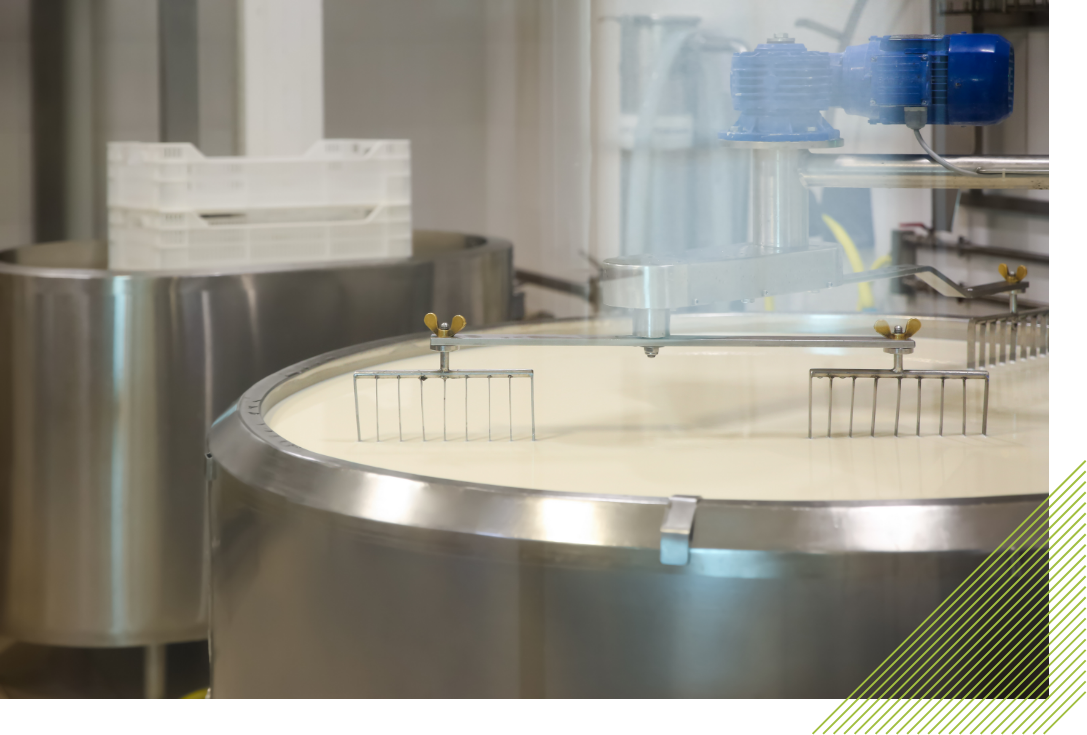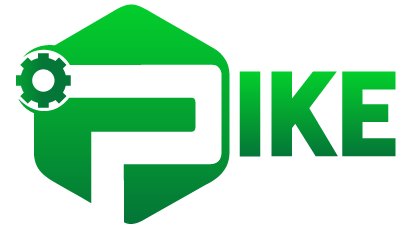Process control:
Guaranteeing quality and safety
Process control involves monitoring and regulating key parameters (temperature, pressure, pH, humidity, etc.) throughout production. In a processing plant, for example, precise temperature control is essential to ensure effective pasteurization of dairy products, while rigorous humidity monitoring ensures the quality of cereals or snacks.
By using advanced sensors and data collection systems, companies can quickly identify deviations from established specifications. This not only ensures compliance with regulatory standards, but also minimizes losses and returns of non-conforming products.
Automation:
A tool for improving efficiency and staying competitive.
Automation integrates perfectly with process control to improve the overall efficiency of production lines. Thanks to automated systems, repetitive or complex tasks, such as sorting raw materials, precise dosing of ingredients or packaging, are carried out with unrivalled precision and speed.
Programmable logic controllers (PLCs), combined with technologies such as artificial intelligence (AI) and the Internet of Things (IoT), enable production lines to be controlled centrally. For example, a connected production line can automatically adjust its parameters according to data collected in real time, guaranteeing continuous, uninterrupted production.
Key benefits in the food industry
- Optimization of resources:
Well thought-out automation reduces wastage of raw materials and optimizes energy consumption. - Improved traceability:
Thanks to digital data recording, every step in the production chain is documented, facilitating audits and follow-up in the event of a product recall. - Reduced costs:
Automated systems reduce labor costs and increase productivity, while limiting human error. - Greater flexibility:
Modern technologies make it easy to adapt production lines to small batch sizes or customized products, responding to growing market demand for diversity.

The challenges
Despite its many advantages, the adoption of process control and automation poses certain challenges. The initial cost of equipment, the training of personnel in the new technologies and the integration of systems into existing infrastructures all require careful planning. In addition, cybersecurity is becoming a major concern as plant connectivity increases.
Future prospects
Advances in robotics, AI and predictive data analysis are opening up new opportunities for the food industry. Systems capable of anticipating failures, adapting processes to consumer preferences or producing with minimal environmental impact will revolutionize the sector.
In conclusion, process control and automation have become essential pillars for food companies seeking to combine industrial performance, regulatory compliance and consumer satisfaction. By adopting these technologies, they position themselves to meet the challenges of an ever-changing market.


